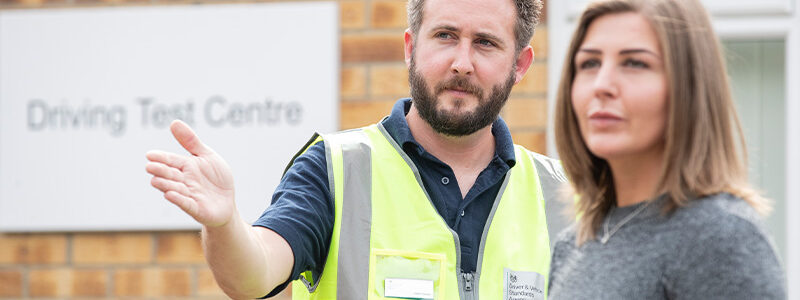Taking the driving test

On the day of your driving test, you’ll need to show your driving that:
- you can drive safely in different road and traffic conditions
- you know The Highway Code by the way you drive
In this section you’ll find out about:
- what you must take to your driving test
- why it’s a good idea to ask your driving instructor to sit in the car during your test
- what happens during the test itself
- how the driving test is marked, the different types of faults there are, and the most common mistakes people make
- the driving test myths that have developed over the years, and what the truth actually is
Next page:
Not feeling completely prepared?
Only take your driving test if you’re feeling completely prepared.
You can move your driving test back if you’re not feeling quite ready yet.
It’s free to change your appointment time, as long as you do it at least 3 full working days (Mondays to Saturdays) before your test.